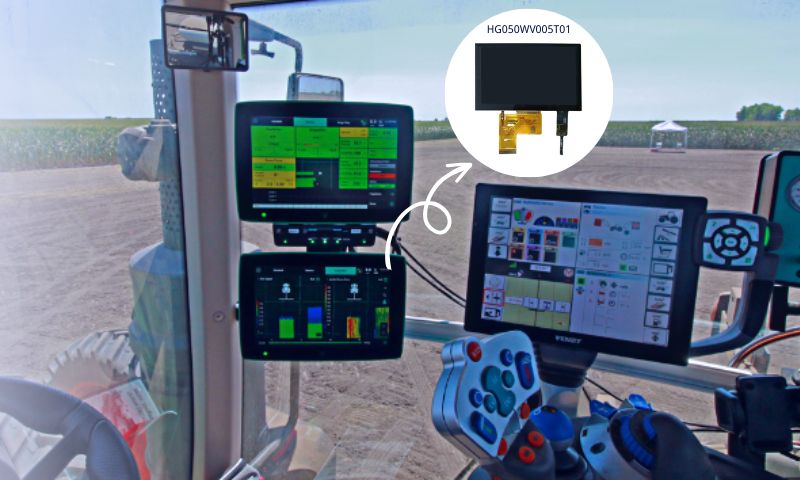What are the different types of LCD monitors
Industrial LCD Monitors are generally divided into 5 types of displays, namely, open frame displays, embedded industrial displays, rack-mounted displays, flip-chip displays, and wall-mounted displays.
The following content is a detailed introduction to these 5 types:
Open frame display
Industrial displays do not have a bezel enclosure but only have an interior.
Most customer applications are mainly in devices and small sizes, and there is already a beautiful enclosure. There is not much space for installing general displays, such as ATMs, commercial POS, etc. They are generally installed inside customer equipment.
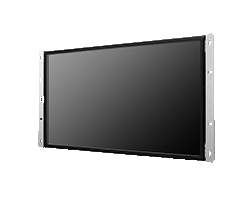
Embedded industrial display
Embedded industrial displays, as the name implies, must be embedded in the customer’s inner product. The product requires a medium to large control cabinet.
It only has a panel left, and the rest are embedded in the terminal equipment.
They are fixed with hooks at the back (large control cabinets only need to have a large hole according to the hole size of the embedded display installation drawing). While other places do not need to have any installation holes.
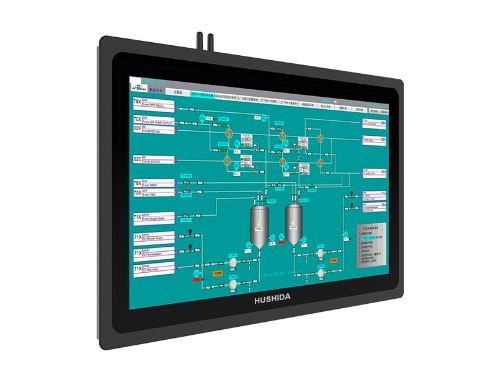
Rack mounted display
Generally, rack-mounted displays are installed on a 19-inch cabinet, and their width is standard 19 inches.
It is widely used in large cabinets such as telecommunications, power, and large servers.
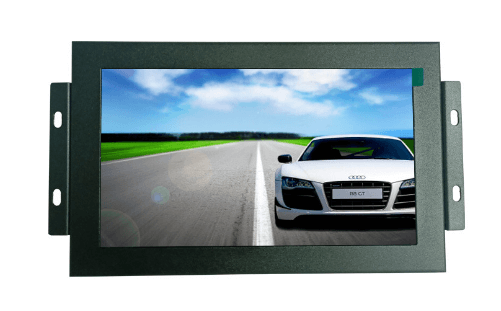
Flip chip display
Simply, it is an industrial display installed in the cabinet and equipment in the reverse direction,
Unlike Open-frame displays, they have a housing with a power supply, and their edges coincide with the edge of the customer’s housing.
It is generally used in large and medium-sized equipment, such as electrical, mechanical, and medical industries.
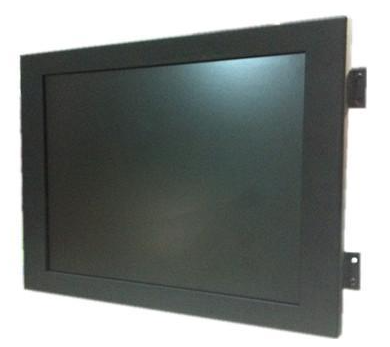
Wall-mounted display
The wall-mounted display feature can be hung up, and most of it is installed on the equipment.
It can adjust the angle according to the customer’s requirements, with suitable installation arms, and it can freely stay in any position for users to view.
It is generally used in small, medium, and large equipment.
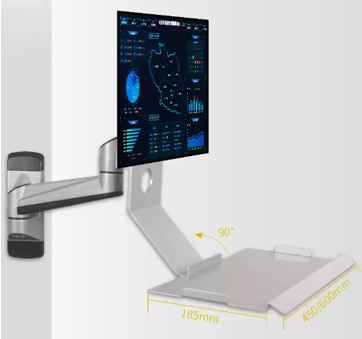
Display parameter characteristics of industrial display
Common TFT LCD size
The common sizes of industrial displays are 5.6 inches, 6.4 inches, 8.4 inches, 10.4 inches, 12.1 inches, 15 inches, 17 inches, 19 inches, 18.5 inches, 21.5 inches, 22 inches, etc. Other sizes can be customized with the LCD display provider.
Contrast ratio
Industrial displays require a high level of contrast. In most industrial fields, 10.4 inches, 12.1 inches, or 15 inches displays require a contrast ratio of 450:1.
Brightness
Most TFT LCD displays are used in indoor environments, and their requirements for brightness are approximately 250 to 300 cd/m2.
Industrial display screens are different because they are used in industrial environments, so their requirements for brightness will be more stringent, which should be at least 450 cd/m2.
Viewing angle
Commercial and consumer displays are typically designed for use by a single person sitting directly in front of the display. In most industrial applications, this situation is very rare. For example, physicians or nurses cannot stop during diagnosis and treatment to directly view the display, they just want to know the expected data.
In order to better adapt to industrial applications, it is required that the display have a wide viewing angle, and most industrial displays will use IPS screens.
Color
In some industrial applications, special color information is more important than text or numbers.
Most LCDs require colors to achieve 70% and 80% of NTSC color saturation, and sometimes the range that needs to be achieved is close to 100% of NTSC color saturation.
This full-color saturation is typically achieved with LED backlighting in LCD products.
Life span
For consumers in the industrial market, most display terminals, whether used in phone booths or on oil rigs, require a service life of about 10 years.
While consumer displays only require a service life of 3 or 4 years. Because industrial displays typically work 24 hours a day, 24 hours a day, while consumer displays typically only work within 12 hours.


